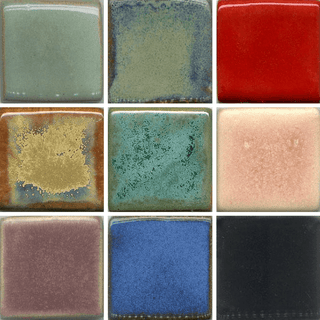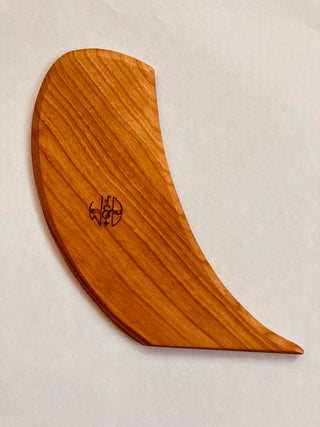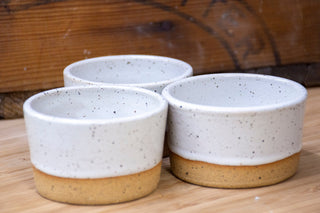SW-111
Cone 6: Wrought Iron creates an intermittent, dappled black gloss-matte finish that is reminiscent of high fire oil-spot glazes. Typically, oil-spot glazes are thickly applied and require some reduction during the firing to achieve the oil-matte effects; Wrought Iron does the job with just two coats in a cone 6 oxidation firing.
Cone 10: Color changes to a dark metallic gray.
TIP: The thinner the application the more brown the glaze. The thicker the application the more black the glaze. This glaze is not completely matte, but will have a matte finish with variation of gloss. Due to the high manganese content, there is a chance of bubbling on a speckled clay body.
Stoneware matte glazes range from solid shades to those that create interesting color variations as they move and break. Application thickness is the key to making mattes work for you.


SW-111
Cone 6: Wrought Iron creates an intermittent, dappled black gloss-matte finish that is reminiscent of high fire oil-spot glazes. Typically, oil-spot glazes are thickly applied and require some reduction during the firing to achieve the oil-matte effects; Wrought Iron does the job with just two coats in a cone 6 oxidation firing.
Cone 10: Color changes to a dark metallic gray.
TIP: The thinner the application the more brown the glaze. The thicker the application the more black the glaze. This glaze is not completely matte, but will have a matte finish with variation of gloss. Due to the high manganese content, there is a chance of bubbling on a speckled clay body.
Stoneware matte glazes range from solid shades to those that create interesting color variations as they move and break. Application thickness is the key to making mattes work for you.









